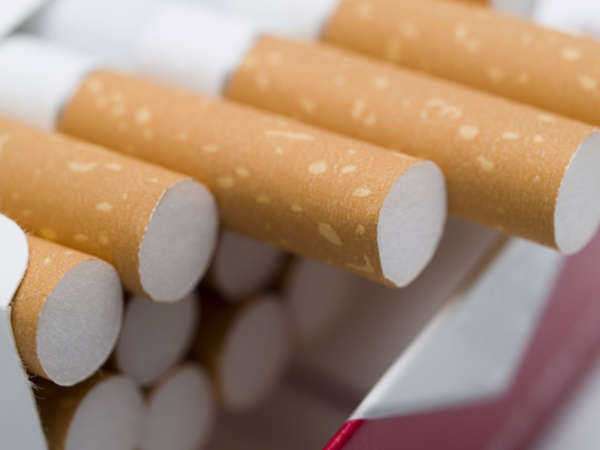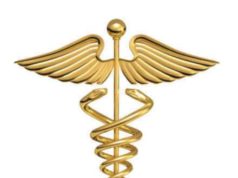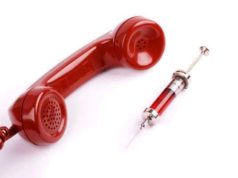
Smokeless Tobacco Ramifications: Understanding the Dangers, Health Risks and Economic Impact of Smokeless Tobacco Use
Smokeless tobacco, also known as chewing tobacco, dip, snuff, or oral tobacco, has been used for centuries. It is a type of tobacco product that is not smoked but instead placed inside the mouth and chewed or sucked. Smokeless tobacco comes in various forms, including moist snuff, dry snuff, loose leaf, and plug. Despite being marketed as a safer alternative to smoking, smokeless tobacco products are just as harmful and are associated with a range of serious health problems. In this article, we’ll cover the scope of smokeless tobacco use, the health risks associated with smokeless tobacco, the economic impact of smokeless tobacco use, and what can be done to prevent smokeless tobacco use.
Scope of Smokeless Tobacco Use
Smokeless tobacco use is more prevalent in certain populations, including young people, males, and rural residents. According to a report by the Centers for Disease Control and Prevention (CDC), in 2019, about 7.8 million adults in the United States used smokeless tobacco. Among high school students, about 2.4% currently use smokeless tobacco, according to the National Youth Tobacco Survey.
Smokeless Tobacco Health Risks
Smokeless tobacco products are not safe alternatives to smoking, and their use is associated with a range of health risks. Here are some of the key health risks associated with smokeless tobacco use:
Cancer
Smokeless tobacco contains carcinogens, which are cancer-causing substances. Oral cancer is a significant health risk associated with smokeless tobacco use. According to a report by the National Cancer Institute, people who use smokeless tobacco products have an increased risk of oral cancer, pharyngeal cancer, and pancreatic cancer.
Cardiovascular disease
Smokeless tobacco use also increases the risk of cardiovascular disease. Nicotine, the addictive substance in tobacco products, causes an increase in heart rate and blood pressure, which can contribute to the development of cardiovascular disease. A study by the American Heart Association found that smokeless tobacco use is associated with an increased risk of heart attack and stroke.
Oral Health
Smokeless tobacco use is also associated with poor oral health. The tobacco and other harmful chemicals in smokeless tobacco products can cause dental problems, including tooth decay, gum disease, and tooth loss. Smokeless tobacco use can also cause bad breath, stained teeth, and an increased risk of tooth sensitivity.
Other Health Risks
Smokeless tobacco use is also associated with other health risks, including addiction, respiratory problems, and digestive problems. The use of smokeless tobacco products can also lead to nicotine poisoning, especially in children.
Economic Impact of Smokeless Tobacco Use
Smokeless tobacco use not only poses significant health risks but also has a significant economic impact. According to a report by the CDC, the economic costs of smokeless tobacco use in the United States are estimated to be over $3.6 billion per year. These costs are due to direct medical expenses associated with smokeless tobacco use, as well as lost productivity due to illness and premature death.
What can be done to prevent Smokeless Tobacco use?
There is no safe level of smokeless tobacco use. As such, preventing smokeless tobacco use is critical to reducing the prevalence of tobacco use and reducing the risk of tobacco-related health problems. Here are some of the ways in which we can prevent smokeless tobacco use:
– Education: Educating young people about the dangers of smokeless tobacco use is essential. Parents, teachers, and health care providers should teach children about the health risks associated with smokeless tobacco and provide information about the addictive nature of nicotine.
– Tobacco policies: Governments can implement policies and regulations that restrict the marketing, sale, and distribution of smokeless tobacco products. These policies may include taxes on tobacco products, age restrictions on the purchase of tobacco products, and bans on tobacco advertising.
– Tobacco cessation programs: Programs designed to help people quit tobacco use can be effective in reducing the prevalence of smokeless tobacco use. These programs may include counseling, nicotine replacement therapy, and other pharmacological treatments.
– Social norms: Changing social norms around tobacco use can also be effective in reducing the prevalence of smokeless tobacco use. Encouraging smokeless tobacco users to quit and promoting tobacco-free lifestyles can help change social norms around tobacco use.
Conclusion
Smokeless tobacco use is a significant public health concern that poses significant health risks and has a significant economic impact. It’s important to educate young people about the dangers of smokeless tobacco use, implement tobacco policies that discourage tobacco use, provide access to tobacco cessation programs, and promote tobacco-free lifestyles. By working together, we can reduce the prevalence of smokeless tobacco use and protect the health of our communities.
What is Smokeless Tobacco?
Smokeless tobacco is a smokeless form of tobacco most commonly marketed as chewing tobacco, snuff and dipping tobacco. Chewing tobacco comes in shredded, twisted, or “bricked” tobacco leaves that users put between their cheek and gum and chew. The byproduct of use is then spit out of the mouth. Snus is a fine-grain tobacco that often comes in teabag-like pouches those users “pinch” or “dip” between their lower lip and gum. Whether its snuff or chewing tobacco, you’re supposed to let it sit in your mouth and suck on the tobacco juices, spitting often to get rid of the saliva that builds up. This chewing of the tobacco allows for the uptake of nicotine into the bloodstream.
Health Risks
The side effects and dangers associated with the use of smokeless tobacco are widespread. Although it is marketed as safer than smoking cigarettes it is just as dangerous. Smokeless tobacco has been linked to an increase risk for developing oral cancer including tongue, lip, check and gum cancer. Users of smokeless tobacco products also have a higher risk of tooth loss. Studies about the effects of smokeless tobacco on cardiovascular diseases are contradictory. In all studies it has been shown to increase the risk of cardiovascular related conditions in individuals who use smokeless tobacco as opposed to individuals who are non-tobacco users. However, no determination has been made that would distinguish the effects of smokeless tobacco against non-smokeless tobacco.
Just like cigarettes, smokeless tobacco contains high levels of nicotine and tar. Some studies have shown that there is actually more nicotine in smokeless tobacco than in cigarettes.
The health effects of Snuss, a Swedish product marketed in the U.S. by a number of major tobacco manufacturers is at this point unknown. Extensive research in Sweden has concluded that the health effects associated with its use are low, if not at least less dangerous than those associated with cigarettes. The life expectancy appears to indicate that there is a significant increase in life expectancy among persons who previously smoked tobacco and switch to snus. In all the overwhelming majority of studies have found that the use of snus, however dangerous, is still better than smoking, especially in the sense that it eliminates second hand smoke.
Lawsuits
In the past there has been little litigation favoring plaintiffs in injury suits over the use of smokeless tobacco. Past lawsuits against smokeless tobacco makers were not successful and lawyers focused more on cigarette makers due to stronger evidence to back up their claims even though smokeless tobacco is harmful. However, a number of recent lawsuits have changed the idea of suing tobacco companies. In 2005 there were two cases that resulted in settlement of $5 million apiece. The suits claimed that smokeless tobacco manufacturers placed dangerous and defective products, smokeless tobacco, into the stream of commerce. The lawsuits were for wrongful death associated with mouth and tongue cancer.
What if I have Cancer as a Result of using Smokeless Tobacco?
In the past it would have been hard to win, or even get a settlement from such a case, but now it seems that the evidence of the harm that smokeless tobacco causes is becoming more conclusive. If you or someone you know has developed cancers of the mouth, pancreas, tongue, lips, or any other oral cancers as well as cardiovascular illnesses after using smokeless tobacco products you should consult an attorney, especially one that deals with class actions of this type. Currently a class action against smokeless tobacco producers is in the process of seeking plaintiffs.






















